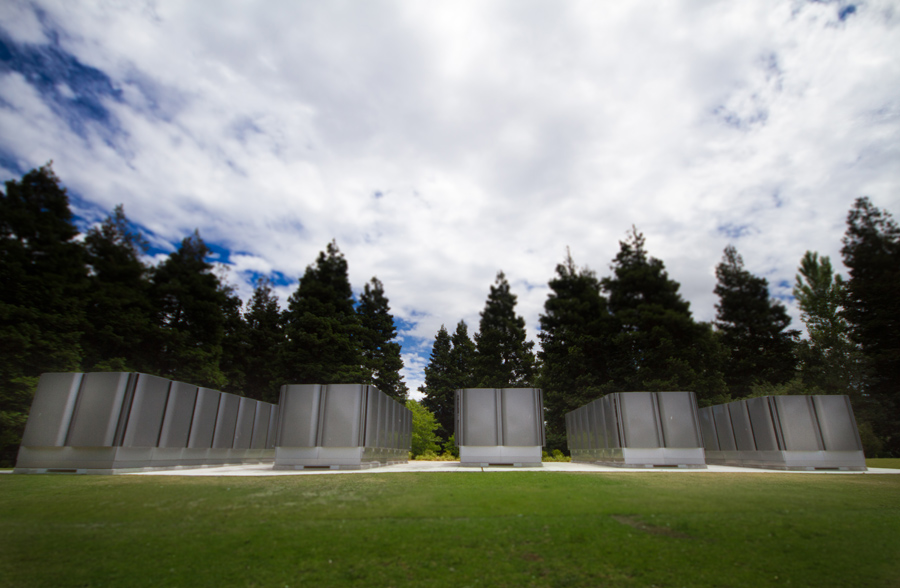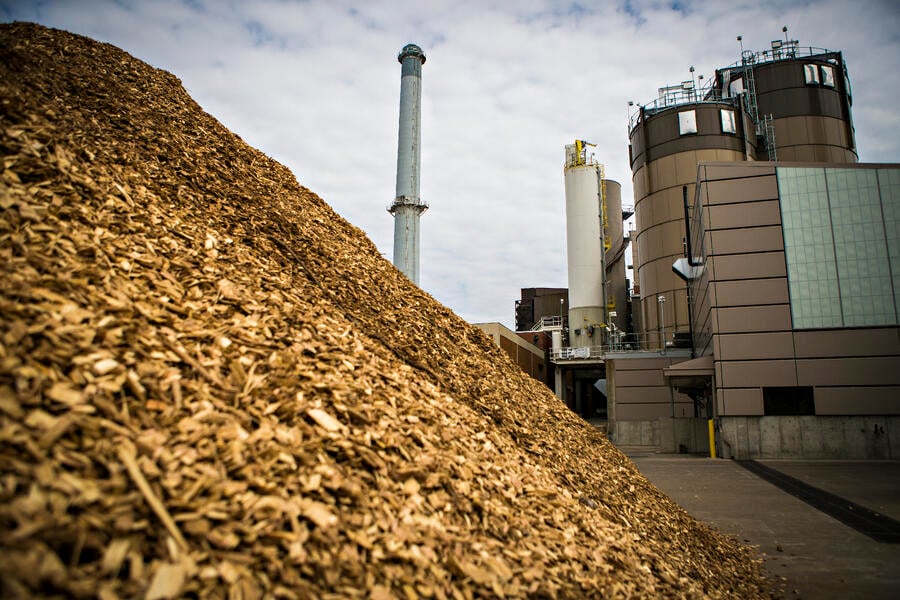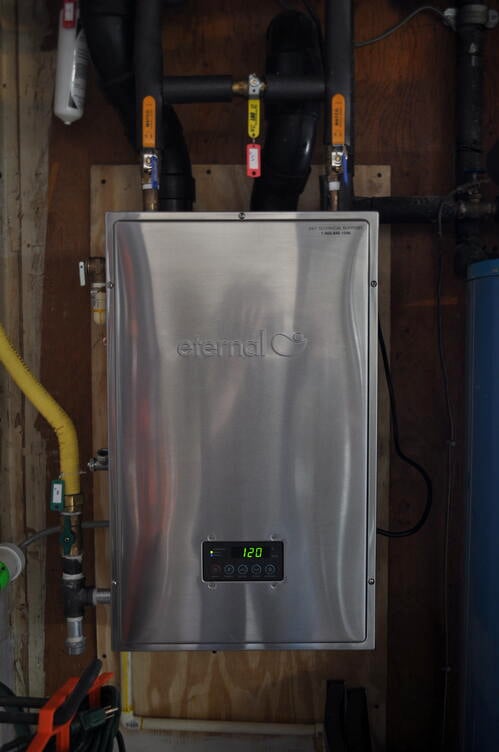The U.S. Environmental Protection Agency’s (EPA’s) plan to regulate carbon emissions is just the latest challenge facing the U.S. electric power system. Technological innovation is disrupting old ways of doing business and accelerating grid modernization. Earlier this year, AEE released Advanced Energy Technologies for Greenhouse Gas Reduction, a report detailing the use, application, and benefits of 40 specific advanced energy technologies and services. This post is one in a series drawn from the technology profiles within that report.

Gas turbine technology is mature and in wide use. In its most basic configuration – the simple cycle gas turbine (SCGT) – air is compressed, mixed with fuel (most frequently natural-gas), and the mixture is burned in a combustor. The resulting hot, pressurized gases are expanded through a turbine that drives the compressor and an electric generator. SCGTs have conversion efficiencies of up to about 40%. In a combined cycle gas turbine (CCGT) plant, the hot exhaust gases leaving the turbine pass through a heat recovery steam generator, which produces high-pressure steam that drives a steam turbine connected to a generator, producing more electricity with no additional fuel input. This increases overall electrical efficiency to nearly 60%, making CCGTs the most efficient conventional power plants available.



